Beating Clostridium at the Finish Line with Probiotics
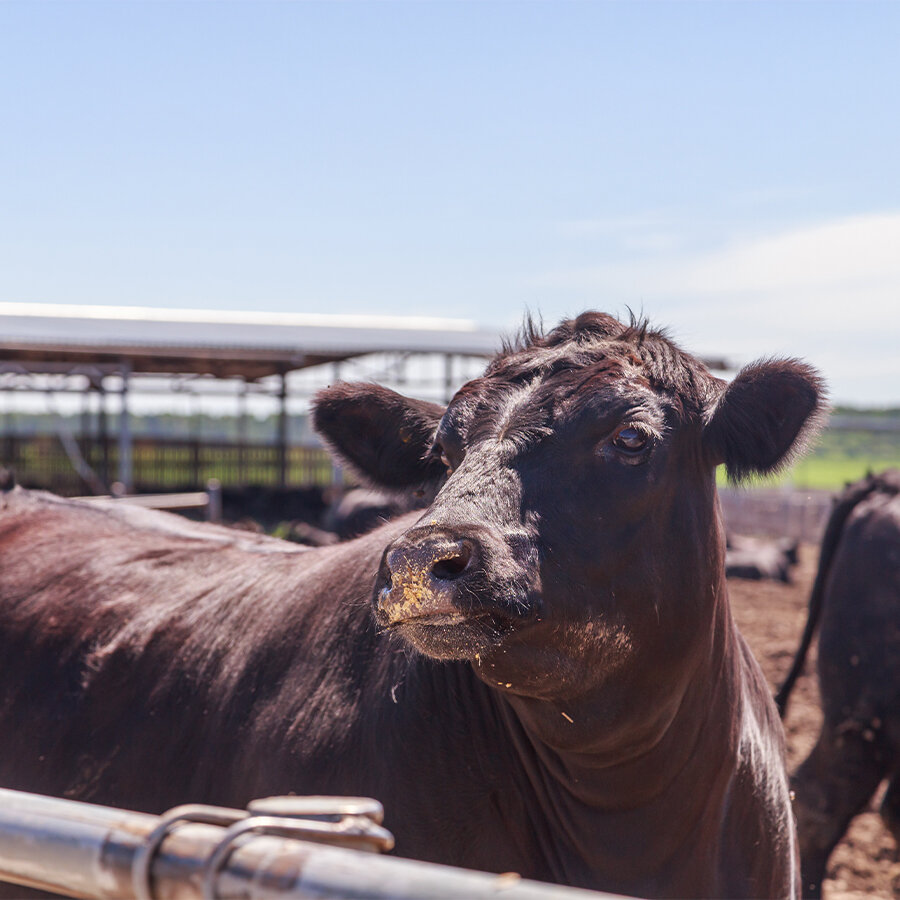
Beating Clostridium at the Finish Line with Probiotics
Feedlotting cattle requires significant investment in time, money, and management, so it’s especially frustrating when Clostridial bacteria threaten herd health and performance. Clostridium perfringens, in particular, is a common and dangerous pathogen in feedlots, capable of causing rapid and severe illness in cattle under stress.
Fortunately, research shows that strategic use of probiotics can help control Clostridium perfringens, supporting a healthier gut environment and keeping cattle on track for harvest.
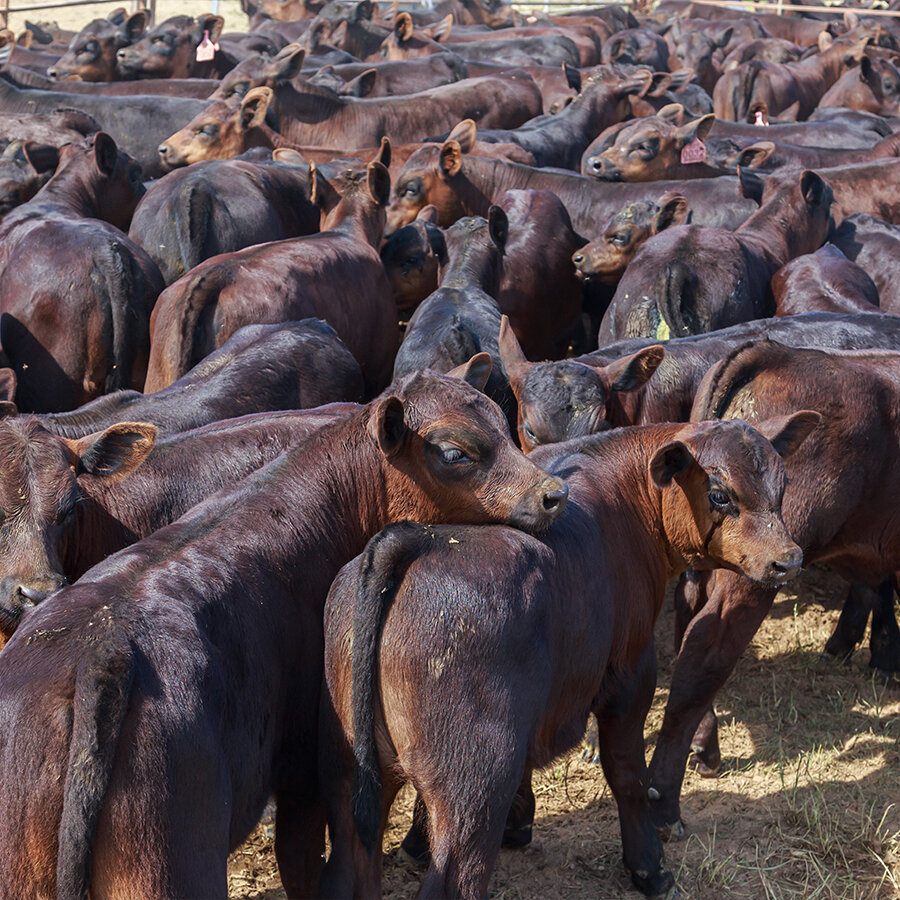
What is Clostridium & Clostridium perfringens?
Clostridium is a genus of anaerobic, gram-positive, spore-forming bacteria that can be found in soil and faeces. These opportunistic organisms form highly resistant spores that can survive in the environment for extended periods of time.
In healthy beef cattle, low levels of Clostridia in the gastrointestinal tract usually don’t cause problems. However, stress from dietary changes or management shifts can trigger rapid multiplication, potentially leading to serious illness or even death.
Among the various types, Clostridium perfringens is especially common in young, fast-growing cattle. It often becomes problematic during digestive disruptions, usually when feeding regimes and types of feed are changed. C. perfringens Type A proliferates in the intestine, causing enterotoxaemia (also known as Pulpy Kidney Disease) by producing toxins that damage blood vessels and the nervous system.
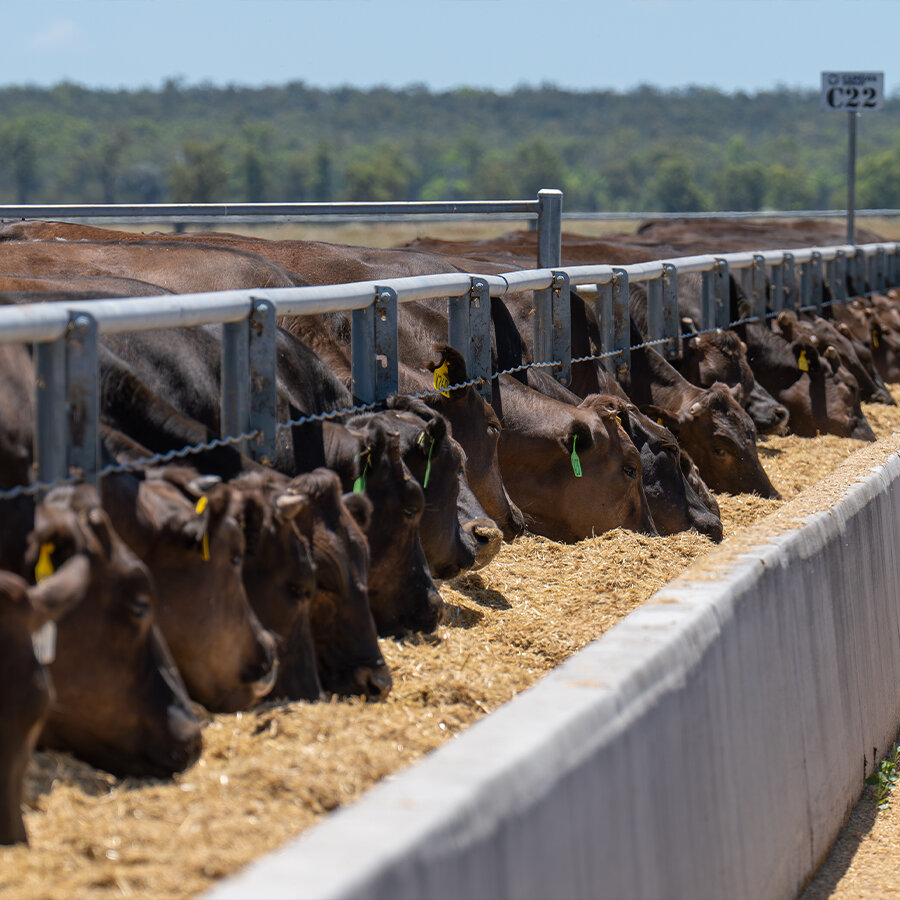
Fighting fire with fire—using good bacteria to inhibit negative pathogens
Introducing beneficial bacteria through probiotics can help hinder harmful species like C. perfringens, supporting a healthy, balanced gut microbiome in feedlot cattle.
These good bacteria colonise the gastrointestinal tract, competing with harmful organisms for nutrients and attachment sites, reducing the likelihood of Clostridium multiplying to dangerous levels.
Other benefits of probiotics include:
- Lowering gut pH: Some probiotic strains (like Lactobacillus) produce lactic acid and short-chain fatty acids that lower the pH levels in the gut, creating a less-favourable environment for Clostridia.
- Strengthening gut barrier function: By reinforcing the gut lining in feedlot cattle, some probiotics help impede harmful bacteria from crossing into the bloodstream or deeper tissue, reducing the risk of infection.
Support immune health: Probiotics can stimulate the immune response, helping cattle resist harmful bacteria before they cause harm.
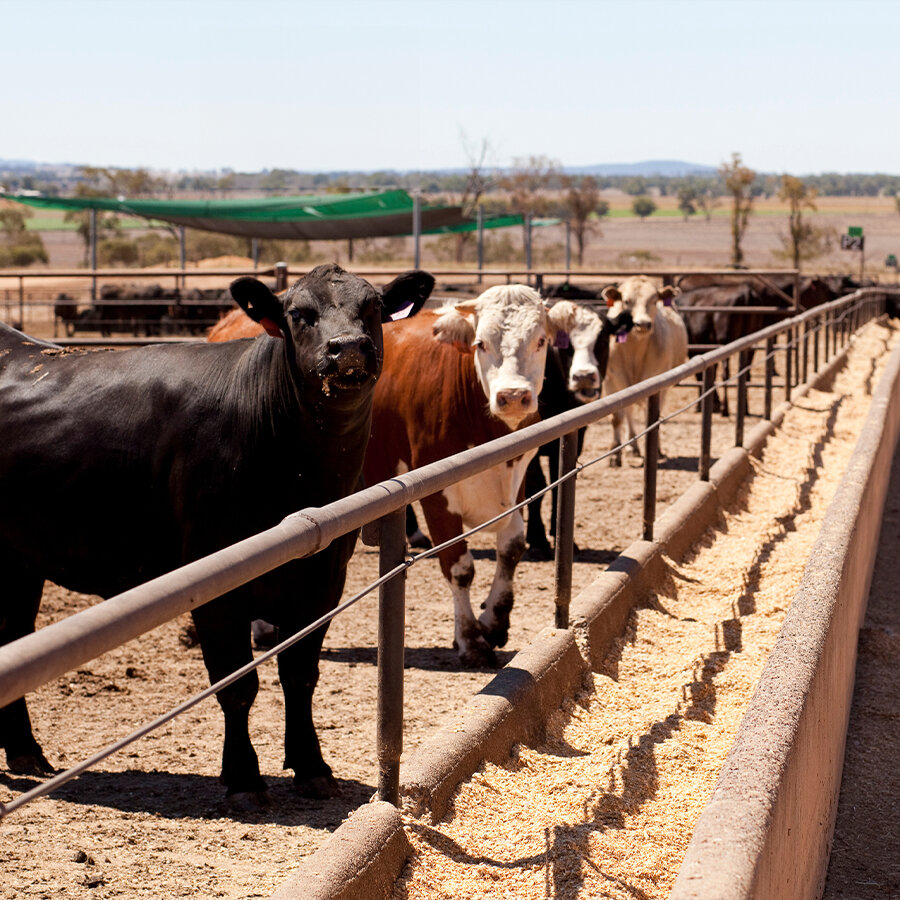
Good bacteria you want in your cattle’s corner
Probiotics are made up of a variety of beneficial bacteria that work together to maintain a balanced gut microbiome. These microbes play a crucial role in supporting cattle health and productivity.
Lactobacillus animalis
This beneficial bacterium also produces lactic acid, which helps suppress Clostridium growth. Notably, L. animalis colonises rapidly, establishing a strong presence in the gut that blocks Clostridium from taking hold.
Bacillus licheniformis& Bacillus subtillis
This dynamic duo is highly effective in combating Clostridium. These spore-forming, heat-stable strains directly compete with harmful bacteria for nutrients and attachment sites in the gut.
Additionally, they produce enzymes that enhance digestion and reduce undigested nutrients, removing the fuel that Clostridia thrive on.
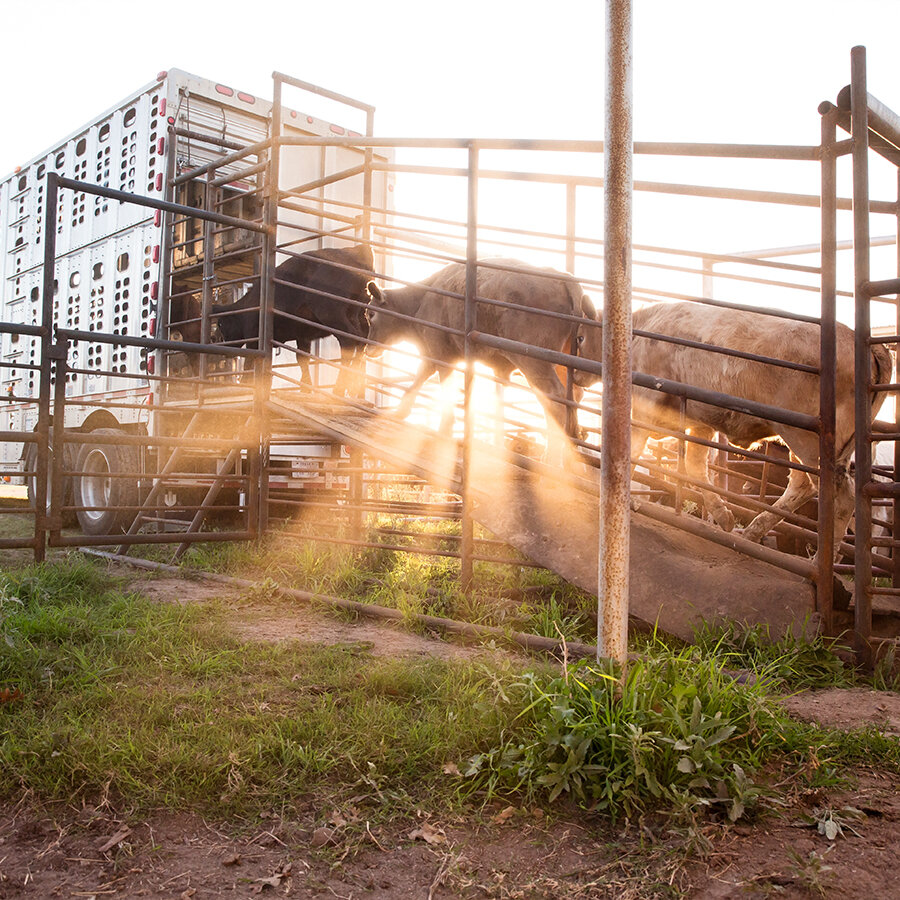
Research-proven probiotic for feedlot cattle
Beef Culture is the market’s most extensively researched direct-fed microbial (DFM) consisting of a patented combination of Lactobacillus animalis and Propionibacterium freudenreichii.
Research shows that Beef Culture’s combination helps feedlot cattle in the following way:
- Probiotics are introduced to feed active cells in the digestive system
- Stimulates the proliferation of lactic acid bacteria, reducing the gut pH level
- Reduces the proliferation of pathogenic organisms
- Improves intestinal health and overall health of feedlot cattle
By improving gut health and controlling harmful bacteria, Beef Culture has been shown to increase average daily gain by up to 2.4% and boost final body weight by 2.61%.

The proven probiotic made better
Beef Culture Plus builds on the original formulation by adding Bacillus licheniformis and Bacillus subtilis to create a unique and powerful blend.
This combination of lactic acid producers, utilisers, and enzyme-producing Bacillus strains supports normal digestive function throughout the rumen and post-rumen tract.
The actions and interactions of these microbes also reduce the shedding of potentially harmful food-borne pathogens, helping to prevent their spread through the feedlot.
Introducing probiotics into your feeding program not only helps ward off Clostridium and other harmful bacteria but also ensures productivity in your cattle, safeguarding your bottom line.
Beef Culture and Beef Culture Plus offer a research-backed, proactive approach to managing harmful bacteria. By supporting a stable gut microbiome, enhancing immune response, and creating an environment hostile to harmful bacteria, these probiotics help keep your cattle healthy, efficient, and harvest-ready.
Investing in the right probiotics isn't just smart—it’s essential, so you don’t get pipped at the post in the feedlot game.
Learn how Beef Culture and Beef Culture Plus can help your operation.








